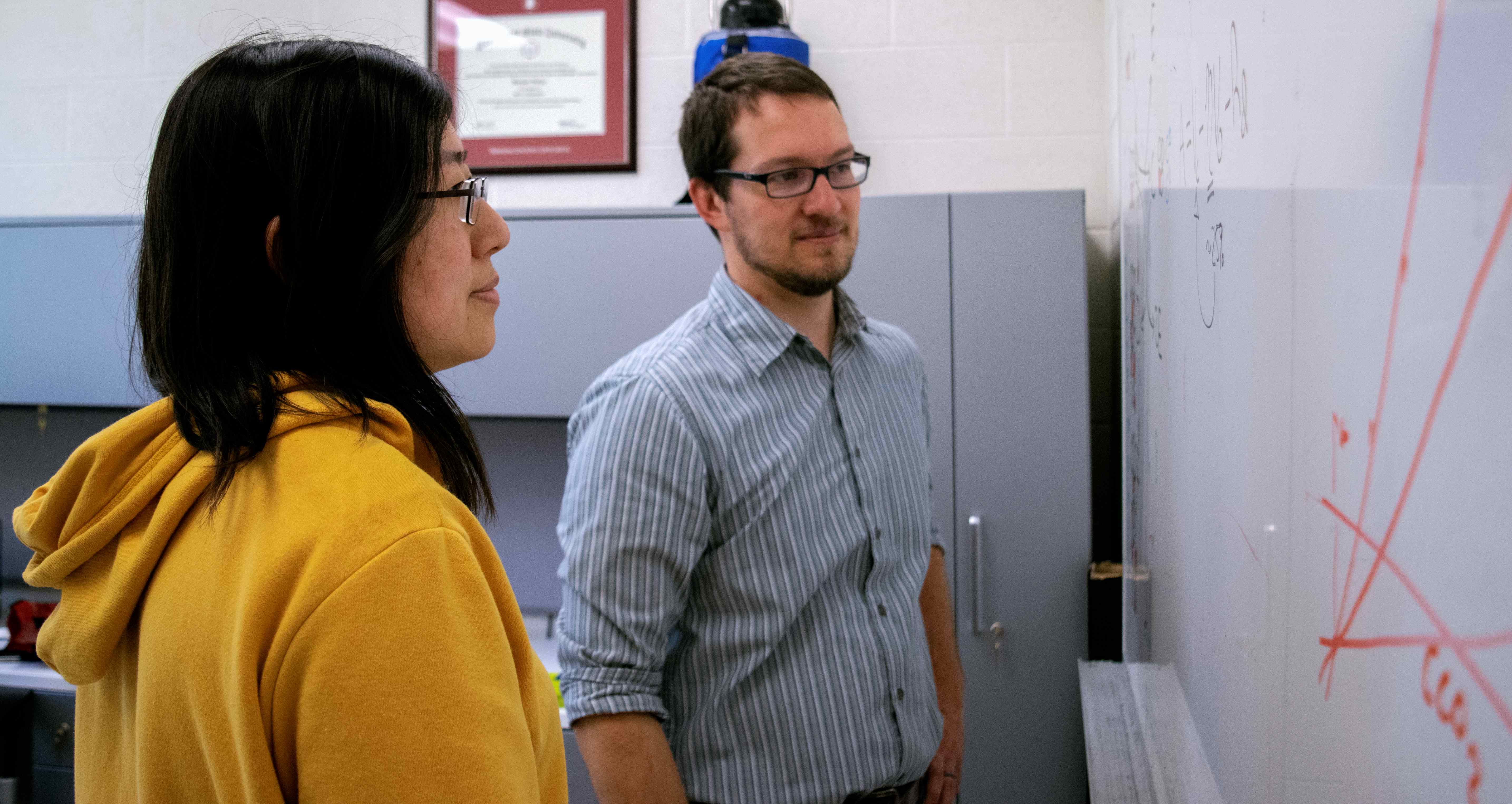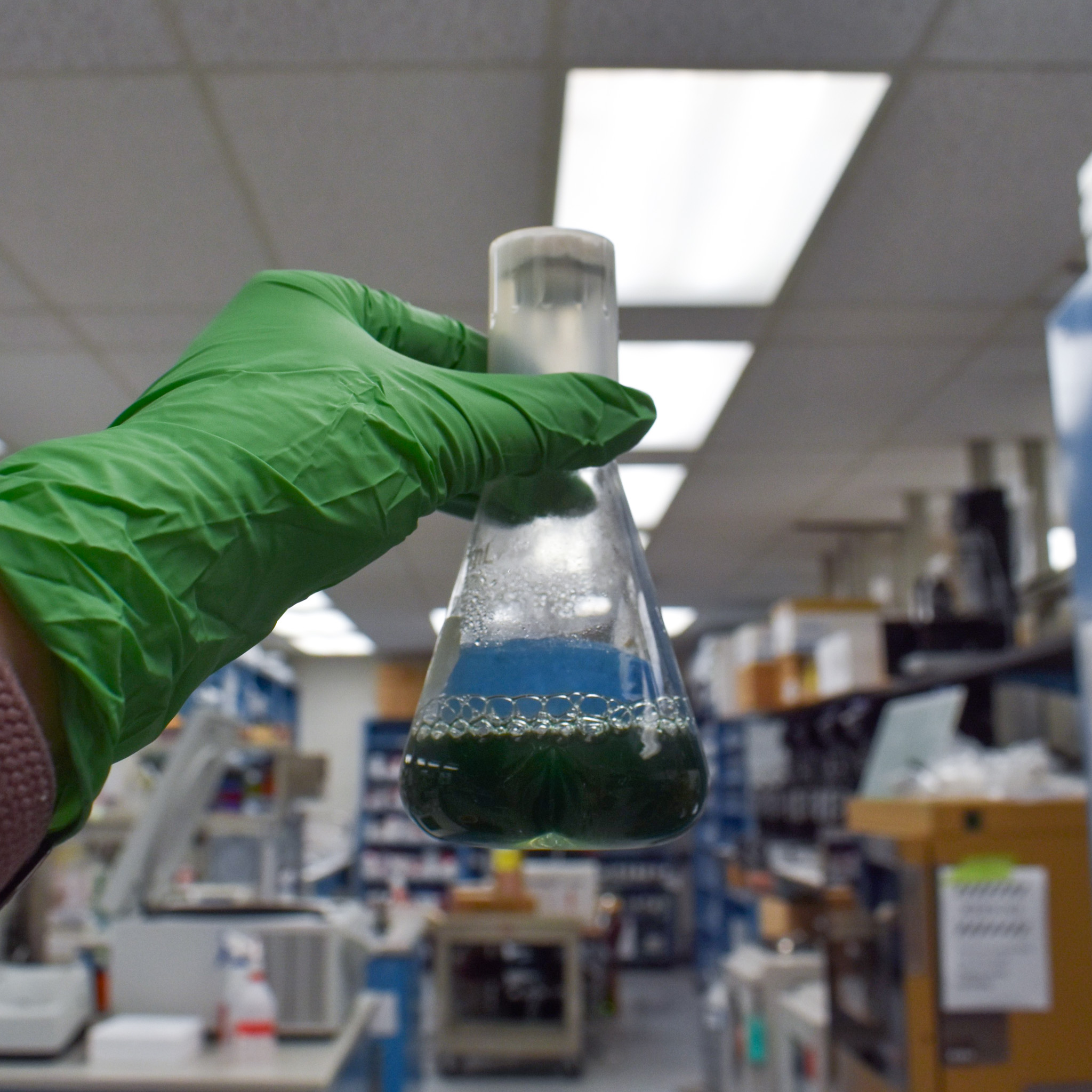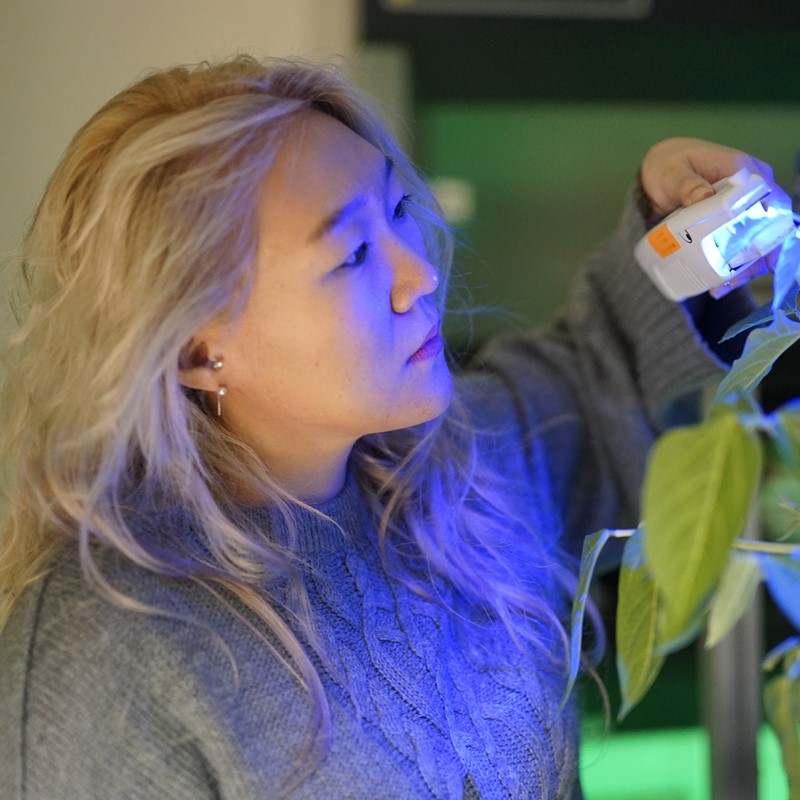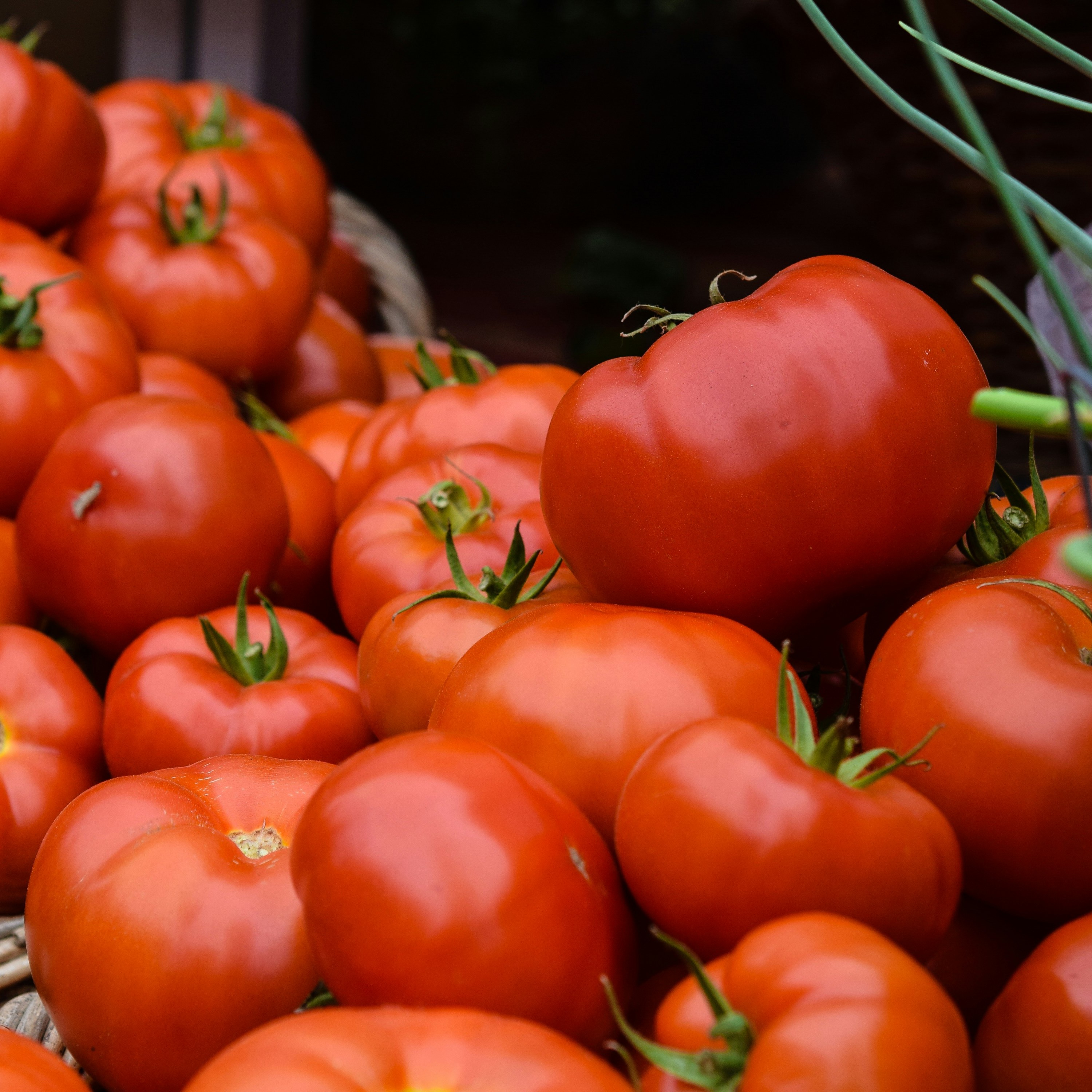Berkley Walker: Trying to improve bioenergy crops with 'big picture' math models
Berkley Walker's DNA synthesis proposal has been selected by the U.S. Department of Energy (DOE) Joint Genome Institute (JGI), a DOE Office of Science User Facility, to study how high temperatures impact plant enzymes that support photosynthesis.
The big picture push behind the proposal: to understand and quantify that process, called photorespiration, in order to improve crop efficiency, with a focus on enhancing bioenergy crops.
Photorespiration, an important process that works alongside photosynthesis. expand iconPhotosynthesis uses the sun’s energy to capture carbon dioxide (CO2) from the atmosphere and fix it into stable carbon bonds. These bonds become the sugars and starches that power life on the planet.
But photosynthesis is not as efficient at capturing the sun’s energy as one might think. It often achieves about a quarter the conversion efficiency of a low-cost solar cell. One major inefficiency happens when the when the first expand iconenzymes to capture CO2, expand iconrubisco , takes oxygen instead of CO2.
This reaction produces a toxic compound that the plant has to recycle, which is what photorespiration does. Recycling costs are high, however, and they consume a hefty 30-40% of leaf energy. Moreover, the process releases CO2 back into the atmosphere at about 25% the rate of net fixation under field conditions, in most bioenergy and food crops.
Photorespiration will be greatly impacted by changing climates in ways we don’t fully understand. On one hand, higher CO2 levels provide more CO2 for plants to capture, instead of oxygen. So, plants are more efficient at photosynthesis and photorespiration rates decrease.
On the other hand, as temperature levels rise, rubisco gets more ‘sloppy’ and might capture more oxygen, which increases photorespiration rates.
So far, we know quite a bit about how changing temperature and CO2 levels change how much rubisco captures oxygen.
“What we don’t know as much is how photorespiration deals with that captured oxygen under high temperatures,” says Berkley Walker, Assistant Professor at the MSU-DOE Plant Research Laboratory. “We need to understand and quantify how photorespiration itself responds to increased temperature in order to enhance crop efficiency. This critical to improve bioenergy crops and to better understand global carbon cycles.”
Systems-level math models of photorespiration
Working with the JGI will provide the Walker lab with the DNA needed to synthesize enzymes that they can measure in the laboratory. The measurements will improve the accuracy of their systems-level mathematical model of photorespiration.

By Victor Di Rita, NatSci Photographer, 2019
“We have what we think is a good model of photorespiration, but the model is only as good as the data we give it about the enzymes…you know, garbage-in, garbage-out, “Berkley says. “The numbers available today were measured in many different labs across different species over the last 40 years. We need to get more consistent data, across the same species, to have more confidence in the model’s results.”
The lab has selected nine photorespiratory enzymes from seven important bioenergy crops and species adapted to high temperatures.
“We will be studying their properties and temperature responses, Berkley adds. “The model will help us identify the ‘choke’ points that prevent photorespiration from being more efficient.”
Another benefit of improving the model is that it would examine how photorespiratory enzymes work together as a network. This holistic approach should allow for future predictions on how photorespiration works in line with temperature changes.
And with the power to predict performance, the dream, futuristic goal would be to try and engineer better performing plants.
“Once we identify photorespiratory ‘choke points,’ we could mix and match enzymes across species to remove those blockages. For example, some species we are looking at can do photorespiration well at high temperatures – 10 degrees Celcius above normal growing conditions. They have obviously adapted to hot surroundings. Perhaps their enzymes can useful to other plants.”
The grant is set to be in collaboration with Dr. Aaron Liepman, a former MSU-DOE Plant Research Laboratory postdoc who is now faculty at Eastern Michigan University.
Banner image, from left to right: Luke Gregory, Audrey Johnson, Berkley Walker, Han Bao, and Xinyu Fu.
By Igor Houwat, Berkley Walker; Images by Victor DiRita, NatSci Photographer



